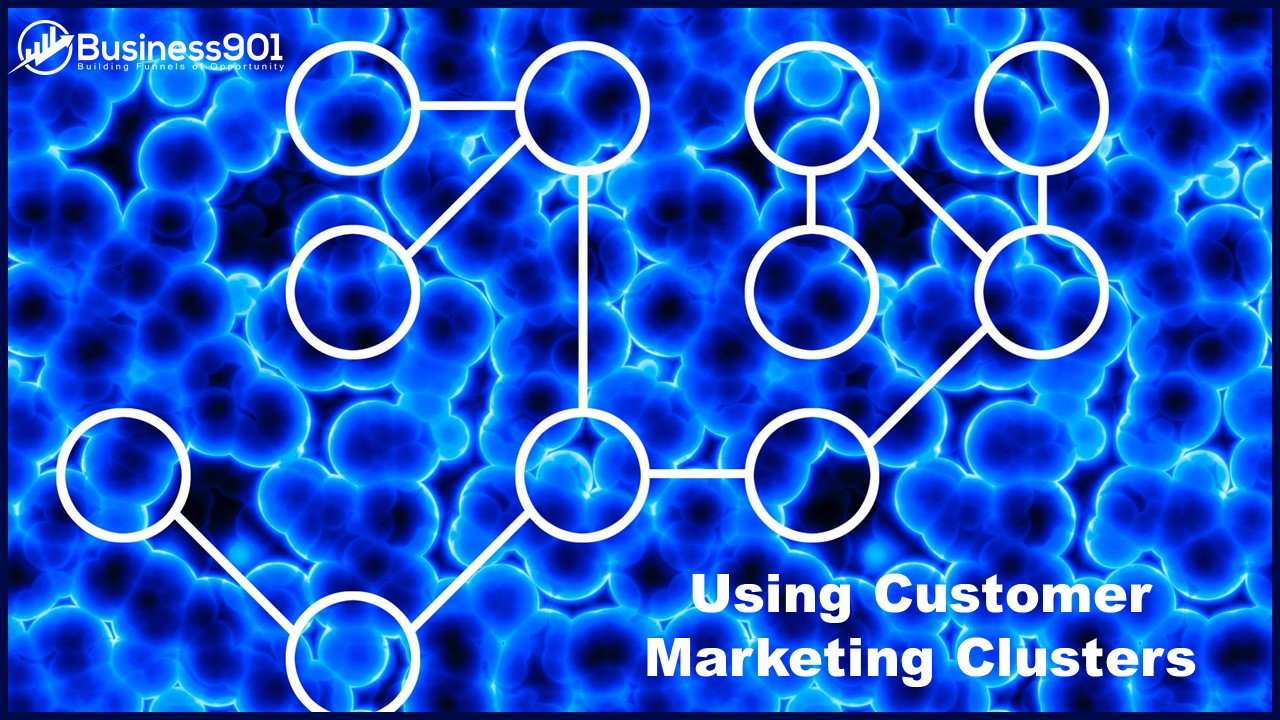When you think of how marketing functions in a modern organization, you probably don’t picture it as a cluster of interconnected hubs; most organizations are structured to have clear roles and responsibilities assigned to specific individuals or departments. But that’s exactly what CMCs are: an organizational structure that can help companies achieve strategic advantages in the market with less overhead and more actionable work. Customer Marketing Clusters (CMCs) are business units that engage with customers. They provide key services such as lead generation, customer service, and product research to other company departments that need help identifying their ideal customers and how they can sell more to them. However, unlike traditional marketing hubs, which exist largely for the benefit of internal teams, CMCs exist primarily to use external teams to create a competitive advantage in the market.
The flip side of CMCs is the cost-benefit for them. A good CMC usually costs more than a traditional marketing hub and may not offer as much as an internal team. CMCs are designed to transfer our capabilities into customer value. You outsource your work to another organization when you create a CMC. So, while it may cost you more relative to what you get out of this structure, it still provides a competitive advantage, which is why many companies invest in them. You can also use the agile nature of these structures to quickly adapt your business and provide new services based on market trends or external forces that affect your company.
When you organize CMCs by yourself, you can define the size and scope of these groups. But as they exist primarily for external departments, you must provide more structure and definition to CMCs. It would be best if you had a good understanding of customer needs. It’ll be easier for you to give your internal teams more focused tasks and take advantage of CMCs as an organizational structure.
Today, CMCs function as an integral part of the marketplace; they help companies identify their unique positioning, find new ways to reach customers, and ultimately increase their market share. CMCs provide strategic planning, branding, and messaging services for external teams to accomplish this.
For example, a company might use a creative agency contracted through a CMC to design its logo or brand book for them. Organizations must understand what differentiates them from competitors to win over new customers and grow revenue. CMCs can help companies accomplish this goal by providing a clear view of what they are uniquely achieving in the marketplace. While these clusters often exist within an organization as separate entities, they work closely with other IT and product development departments on projects such as analytics or mapping software that help improve the overall business performance.
CMCs are valuable because they allow you to develop an integrated marketing strategy. By integrating communication channels, customer service, and product research into your organization’s customer-facing teams, you can leverage their customer experience to understand your ideal customers better. This will help you create a strategy that is more effective and efficient. A key benefit of CMCs is consolidating and integrating data from various sources into one central location. As a result, organizations can access information about their ideal customers and their needs to shape product development or get strategic insights about the market.
A CMC is a way of structuring an organization to allocate resources to the most promising opportunities in the market. Some companies have discovered that by adding CMCs within their departments, they can better use their limited resources and achieve a competitive advantage in the market. For example, companies might know they generate more leads from digital channels than their social media team can handle. By putting their social media lead generation efforts into a CMC, those valuable leads can be allocated to other groups with more expertise in social media and turn them into prospects who will buy from them.
CMCs are primarily focused on hyper-relevant, end-to-end customer journeys. CMCs provide key services such as lead generation, customer service, product research, and digital engagement. As you can see, CMCs function differently than other marketing structures. They focus on implementing a holistic approach to business through direct engagement with customers instead of solely focusing on assisting internal teams. Businesses would benefit from considering this structure to stay competitive in the market.

